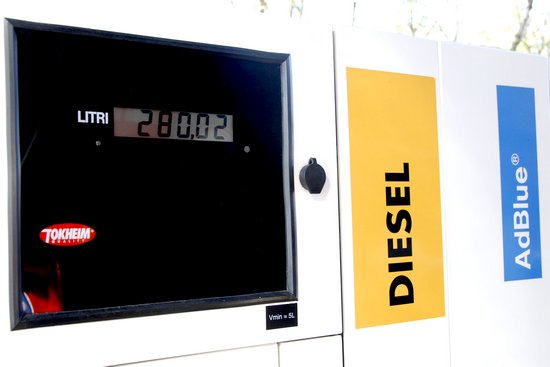The analysis for the sixth week of 2024 (February 5-11) conducted by WorldAcd shows a 15% weekly decrease in air cargo tonnage entering China, while outgoing tonnage from the country demonstrated a more robust hold, with only a 2% drop as the Lunar New Year holiday week approached (celebrated on February 10). This trend follows a surge in tonnages and rates from Chinese origins in the preceding two weeks, as shippers rushed to dispatch goods before the holiday period. A further decrease in incoming and outgoing tonnages is anticipated in the following week.
Global average rates remained relatively stable, with a slight increase observed in the sixth week, mirroring the trend seen in the equivalent week last year, just before the Lunar New Year (which was the third week of the year). Initial analysis suggests that this year's trend closely resembles that of 2023, though global tonnages so far significantly exceeded last year's figures. However, the varying timing of the Lunar New Year, which fell on January 22 in 2023, marks a significant difference. WorldAcd analysts believe a clearer picture will emerge by the end of February.
A 3% drop in global tonnages was largely driven by a 7% decrease in those originating from the Asia Pacific region, a reduction primarily caused by a 17% drop in intra-Asia Pacific traffic, which appears to have responded more swiftly to the onset of the Lunar New Year.
This seems to be corroborated by the fact that tonnages from Asia Pacific to Europe and North America decreased by only 4% and 2%, respectively, while tonnages to the Middle East-South Asia increased by 3%. On the significantly smaller route from Asia Pacific to Central-South America, tonnages increased by +15% on a bi-weekly basis. Outbound tonnages from Europe also decreased (-2%), on a bi-weekly basis, mainly due to a 13% decrease towards the Asia Pacific.
Other major originating regions recorded increases, including a +4% from Africa, a +3% from the Middle East-South Asia, and a +2% from North America. Tonnages from Central-South America also saw a slight increase (+1%), driven by a spike (+12%) in volumes towards Europe, buoyed by a late surge in flower exports ahead of Valentine's Day, on February 14.
Significant changes detected by WorldAcd on major intercontinental routes include an 11% drop from North America to Asia Pacific, offset by a 12% increase from North America to Central-South America. Tonnages from the Middle East-South Asia to Asia Pacific decreased by 11%, but increased by 6% towards Europe, accompanied by a 10% rise in average rates on that route. This increase towards Europe from the Middle East-South Asia likely reflects the conversion of some Asia-Europe maritime cargoes to combined sea-air transport, due to ongoing disruptions in container transport in the Red Sea.
Year-over-year comparison shows a 10% increase in overall global tonnages for the fifth and sixth weeks compared to 2023, driven by a 29% increase in billable weight from the Asia Pacific and a 17% increase from the Middle East-South Asia. These increases, especially from the Asia Pacific, can be partly explained by the difference in timing of this year's Lunar New Year, though there are some continued signs of tonnage improvement over a year ago.
On the pricing front, the global average rate of $2.39 per kilo in the sixth week is down 14% from the same period last year, one of the narrowest annual gaps observed in the past twelve months. On a regional basis, average prices from Africa, Asia Pacific, Central-South America, and Middle East-South Asia all dropped within single-digit percentages compared to 2023, although prices from Europe (-32%) and North America (-22%) were significantly below last year's levels. However, global average rates remain significantly above pre-Covid levels (+34% compared to February 2019).
The overall global capacity for air transport remained significantly above last year's levels (+16%), supported by a +40% increase from the Asia Pacific, a +16% increase from the Middle East-South Asia, and a +13% increase from Central-South America, although capacity from all major regions has increased year-over-year.






































































